A Proper Pottery Department
When Bob Van Cura of A Proper Garden in Delaware, Ohio, saw the increase in pottery sales after his store renovation, he was all smiles. He really liked the look of the new department; more importantly, he liked the 300-percent-plus increase in sales.
Increased product turn and increased add-on sales are the real reasons to invest in store renovation. In the overall scheme, increasing the perceived value of your products in the eyes of your customers is the definition of marketing. Store renovation that sells more product at a higher margin is an investment in a store’s long-term marketing success.
The pottery department at A Proper Garden had been spread all over the store, some terra cotta in the herb department, glazed pottery inside the greenhouse, large containers against one exterior wall of the greenhouse and the otherwise odd placement that amounted to “wherever there’s space.”
The Geography of Merchandising
As part of an overall store renovation, Bob decided to create a pottery department that would serve to anchor the new back wall of the greenhouse and place the entire collection of pottery in easy view of customers as they headed toward the cash wraps. Several retail design concepts came into play in these decisions. First, the pottery department became one element in the overall store design. Before any decisions were made about fixtures or product mix, we decided on the location of the department on the basis of maximum customer contact and maximum aesthetic effect. With a new entrance and customer flow pattern, what had been a rather nondescript end wall of the greenhouse became the back wall of the interior shopping areas.
Customers could approach this back wall with a clear view down an aisle that runs the length of the greenhouse. Whatever was placed on that end wall had to have enough visual presence to entice the customer toward the merchandise. As our friends in UK garden centers have so effectively demonstrated, pottery is best displayed with enough space for the customer to see the product from far away.
It’s difficult for customers to evaluate and select pottery, especially large pottery, from close range. The long aisle leading to the end wall provided a clear view of the merchandise and the 62-foot end wall needed a solid merchandise anchor.
The second factor that made this location just right for the pottery department was its location in relation to the exit aisle leading to the cash wrap. Customers generally select plants first and containers second. The pottery department was positioned in the overall store design to allow customers to shop for plants first and containers next. The placement also juxtaposes pottery with the houseplant area just in front of the pottery wall.
According to Bob Van Cura, “The pottery display was designed within the context of the overall store layout. It fits into the geography of merchandising first. After that, making decisions about fixtures and product mix just gets easier.”
Fixtures that Sell
Resolving to create the pottery department along the wall, the next decisions involved fixtures and product mix. The key to any wall merchandising is to utilize the maximum vertical space and maximum merchandise contact. After rejecting metal and exterior wooden fixtures for the pottery department, Bob settled on wooden fixtures from Lundia for the pottery department.
Lundia provides a wide range of products for merchandise display and the local Lundia representative worked with Bob to determine the necessary specifications to handle the weight of the terra cotta and glazed pottery to be displayed. The Lundia fixture occupies very little visual space, allowing the pottery even greater visibility. There’s nothing clunky here. In fact, the only aesthetic negative might be that the fixtures seem too delicate for the product.
The advantages, however, are numerous. The upper shelf of the five-tier unit is beyond the reach of the customer and serves both as backstock and store signage. Merchandise displayed on top is visible all over the store and acts just like a sign to say “Pottery Here.” Two of the five shelves are adjustable, which allows greater or lesser amounts of merchandise to be arranged while still maintaining a full look to the display. During the summer and fall selling seasons, less pottery inventory can be displayed with more space and more opportunities for cross merchandising within the department — but still with shelves that look well-stocked.
Renovating the Product Mix
The renovation also resulted in an evaluation of the product mix. Based on the store’s upscale image, three vendors became the suppliers for the department: Syracuse Pottery, New England Pottery and P. Wakefield. Because New England Pottery represents a variety of lines, obtaining sources and ordering is simplified. Syracuse Pottery was a new line added during the renovation because of their unique offerings. P. Wakefield offers hand-thrown pottery that appeals to upscale customers — Martha Stewart is a collector. Enough said! The key here is not the specific vendor. Rather, the key is to evaluate product lines and make adjustments as part of the department renovation and with staff input.
Finally, the new department offers the opportunity for a grand opening. A Proper Garden invited customers to see the new product lines and enjoy the new convenience of the department. Customers could hardly “contain themselves” at the event.
The Numbers
We mentioned a 300-percent increase in sales. Here’s the rest of the numbers. The department occupies a 7- x 62-foot space. That includes 2 1/2 x 62 feet of shelf space plus 4 1/2 x 62 feet of aisle space in front of the merchandise. The actual fixture space is 620 sq. ft. That’s four tiers of retail display space at 2 1/2 x 62 feet, with the top 2 1/2- x 62-foot shelf designated as storage. The fixtures represent a $6,000 investment with an expected 5-year life of use. The fixture holds approximately $15,000 (wholesale) worth of product that represents $34,000 in retail sales. That means the fixture pays for itself in less than one product turn.




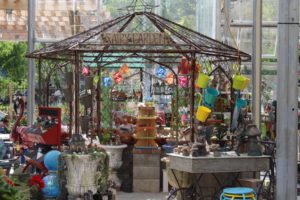
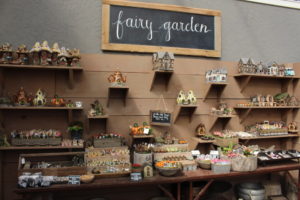
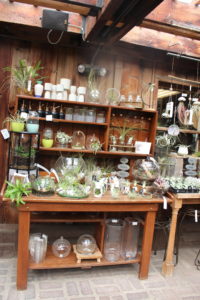
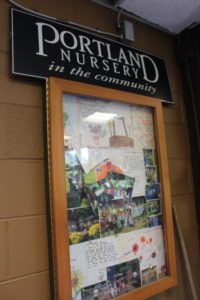
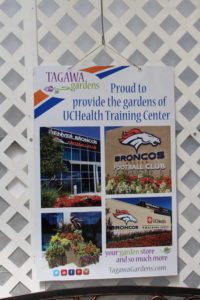
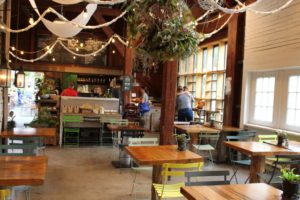
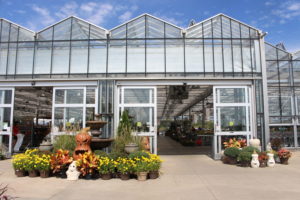
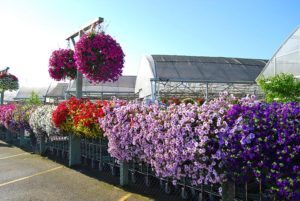
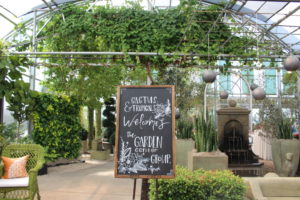
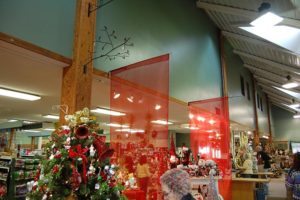
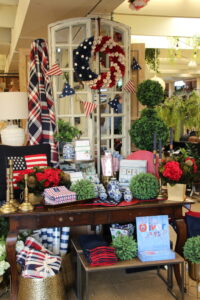

 Videos
Videos





